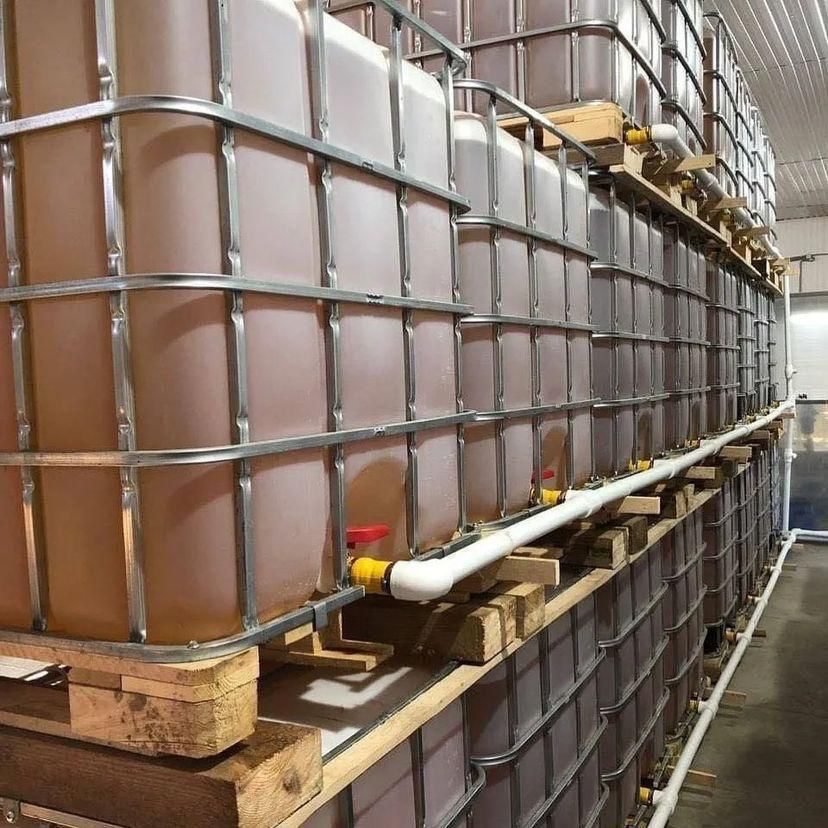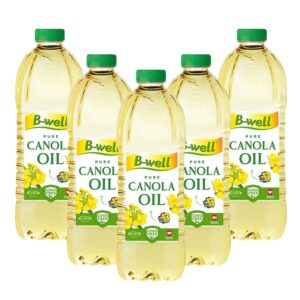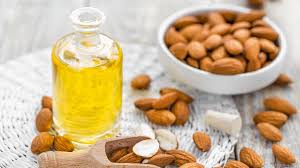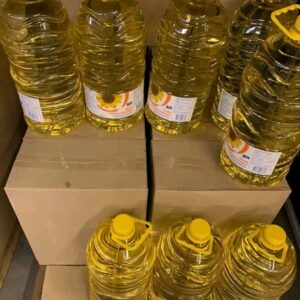Your cart is currently empty!
Used Cooking Oil
Used cooking oil with a FFA content of 3% or less, an MIU level of 0.1% or less, and a specific gravity of 0.915. Saponification value 186 mg KOH/g
Description
Used cooking oil specifications vary by end use, but generally, a good quality used cooking oil for biodiesel production or other applications will have a free fatty acid (FFA) content of 3% or less. This ensures that the oil can be converted into biodiesel without requiring additional processing steps. Also crucial for quality used cooking oil is a moisture and impurities (MIU) level of 0.1% or less, and a specific gravity around 0.915, which refers to the density of the oil. Other key characteristics include a saponification value (around 186 mg KOH/g), iodine value (around 120), and a flash point of at least 220°C.
The saponification value measures how easily the oil can react with a base to form soap, and the iodine value indicates how easily the oil can be hydrogenated. In practice, the iodine value helps predict how the oil will behave during processing. The flash point is the temperature at which the oil will ignite when exposed to an open flame.
Used cooking oil that meets these specifications is considered good quality oil and can be used for a variety of applications. Such applications include the production of biodiesel and the synthesis of other chemicals.
Here’s a more detailed look at some key specifications:
- Free Fatty Acids (FFA): A maximum of 3% is generally considered acceptable. High FFA content indicates oil degradation and can lead to problems in biodiesel production or other uses.
- Moisture and Impurities (MIU): A maximum of 0.1% is often specified. Excess moisture and impurities can affect oil quality and stability.
- Saponification Value: This value (around 186 mg KOH/g) indicates the average molecular weight of the fatty acids in the oil.
- Iodine Value: This value (around 120) indicates the degree of unsaturation in the fatty acids, which can affect oil properties.
- Specific Gravity: A specific gravity around 0.915 is typical.
- Flash Point: A minimum of 220°C is generally required.
- Viscosity: Kinematic viscosity at 40°C is typically in the range of 4.2 mm²/s.
- Acid Value: This value (around 3.6 mg KOH/g) indicates the amount of free fatty acids present.
- Oxidation Stability: A minimum of 5 hours at 110°C is often specified.
-
Contamination:
Used cooking oil may contain contaminants like metal particles, food debris, and other impurities. These contaminants need to be removed or reduced to acceptable levels.
-
Fatty Acid Profile:
The specific types and proportions of fatty acids in the oil will vary depending on the source of the oil.
-
Origin of Oil:
The source of the used cooking oil (e.g., restaurants, hotels) can affect its overall quality and characteristics.







Reviews
There are no reviews yet.